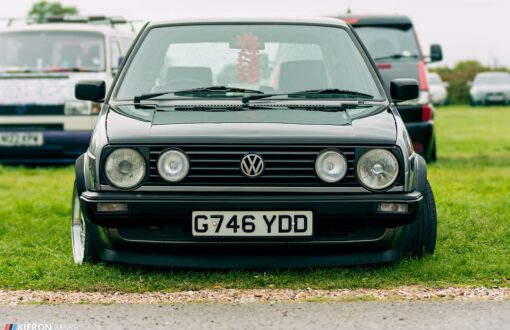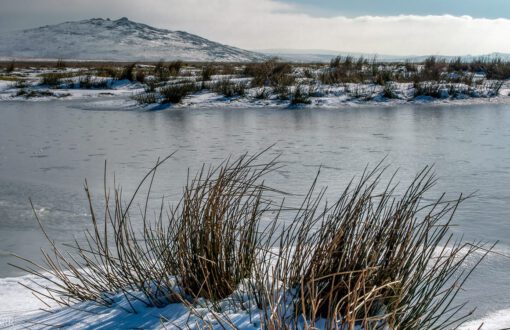December 2013; It was cold, dark and I was at University chipping away at the mountains of work. This was the point where hobbies had been put to the back shelf and I’d started to lose interest in many of the things I once used to enjoy. I was just so busy all of the time!
Photography is a great hobby. It can incorporate other things you like, making it great for anybody. For me, this was landscapes, animals and cars.
I’m still early on my photography journey and this is the first in a series on my photography journey so far.
A friend had been dabbling with photography for a few years at this point and looking to push it one step further and really delve into the world of photography. I was interested, I wont lie, but I didn’t understand a thing about photography. The only thing I knew is that I love a great picture, a really great picture. This doesn’t necessarily have to be a high quality picture, just one that encapsulates the subject, whatever it may be and gives it life in a still format.
Looking at his DSLR was a little daunting. I went out on a few landscape shoots with him to get a feel for what it was about; how it worked, and how to use different settings. This lead to a decision that has shaped me as a creative individual.
I decided what better time to get my own DSLR. I had a little spare cash so splashed it out on a Nikon D3200 DSLR with the 18 – 55mm kit lens. I chose the Nikon format simply because that’s the format I had been introduced to, it’s that simple. I don’t believe in one being better than the other necessarily. The main contenders Nikon and Canon both make amazing photographic equipment, simple! I chose the D3200 because:
- It’s a great beginners DSLR which is what it’s marketed as.
- It came with a mid-level zoom lens which is great middle ground for most situations you will encounter
- It had a high 24.2 megapixel cropped sensor
- It has simplified controls compared to the higher level DSLR’s making it easier to navigate
- It had the auto shooting modes as well as manual shooting modes.
- And finally, it wasn’t expensive.
First impressions
DSLR’s aren’t “simple” looking objects by any means. Big, relatively heavy (compared to a compact camera) and loads of buttons/functions and settings that change how the camera works. Also, I’ll be honest, I don’t read instructions! I like to play around with things and then complain when I can’t get them to work properly.
I had a quick run through of the buttons on the camera and the settings menus to get a basic understanding of how the camera worked. Then the next step was to take some photos. I was interested in the sea as a subject in the evening when it was dark and the lights where reflecting on the water.
The results of the shoot where roughly 40 photos that were pretty awful.
I had a quick run down on long exposures so I could get some pictures in the dark of Plymouth Hoe; I didn’t really understand exposure, shutter speed, and ISO were and they would affect photos. I more or less imitated somebody else and realised I was actually getting something in my photographs and not pitch black rectangles.
Although it was freezing cold, I really enjoyed it. Hours passed by without realising.
I took my photos home, opened them up in Adobe Lightroom, watched a few tutorials and began playing with them. The results were generally too dark. many of the objects in my photos where dark and needed more light. After a few minutes a noticeable difference had happened. I had opened the picture right up – things were now visible. I could see more colour and could exaggerate that colour to create a mood for the photos. Quickly it became addictive; with very little time I had turned something that was awful into something reasonably good.
Fast forward a few months and I’d had a few shoots out in Plymouth and these are the results.





You can check out more of my photos on my flickr profile.



